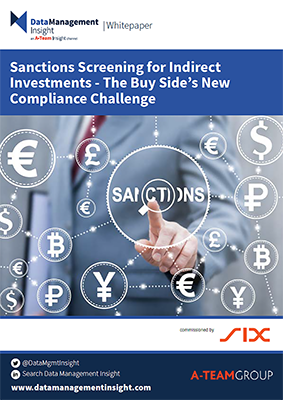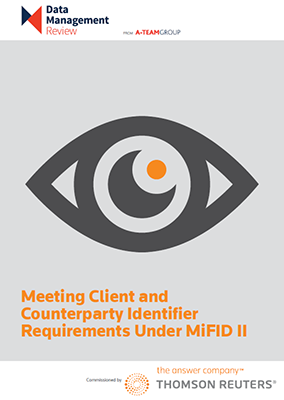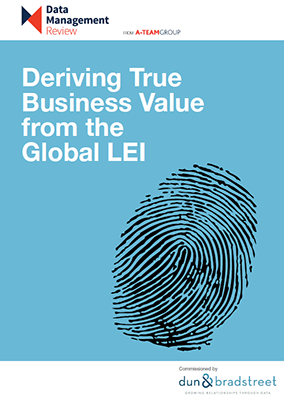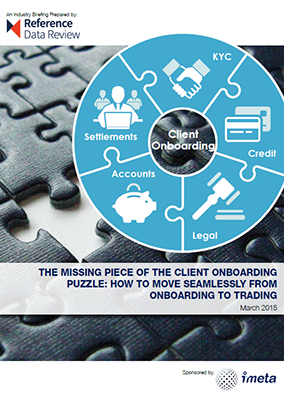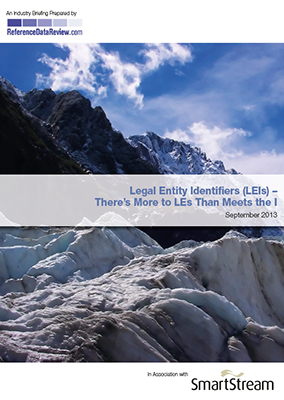Data Management Insight Entity Data, KYC and Client Onboarding The latest content from across the platform
Achieving a 360-degree View of Risk with Data-Driven Insights and Strategies
Technology and data have reached a level of sophistication that is enabling financial institutions to calculate and manage the risks to which their activities and investments are exposed. Leveraging the two, however, is a challenge; if the data isn’t properly managed, the technology that identifies patterns and insights may be unable to operate optimally. One…
Sanctions Screening for Indirect Investments – The Buy Side’s New Compliance Challenge
The global political climate over the past few years has sparked a jump in the use of sanctions to attempt to influence the behaviour of players in the geopolitical landscape. While sell-side firms are familiar with sanctions and have long been required to monitor the securities they trade, own or recommend to clients to ensure…
A Holistic View of Risk Across the Enterprise: How Data Linkages Help
Gaining a comprehensive view of their risk exposures has long been a challenge for financial institutions. Standard measures have been embraced to measure and manage market risk, and the emergence of a standard legal entity identifier in the form of the LEI has gone some way toward addressing the issues of counterparty and credit risk…
Meeting Client and Counterparty Identity Requirements Under MiFID II
The January 3, 2018 compliance deadline for Markets in Financial Instruments Directive II (MiFID II) is approaching fast, requiring firms within its scope to ensure they have access to LEIs to identify all clients, counterparties and issuers they deal with. As the industry mantra goes, and in line with MiFID II and its related Markets…
Deriving True Business Value from the Global LEI
The Legal Entity Identifier (LEI) – the free-to-use entity identifier – has established itself as a viable standard for helping financial institutions identify unique business entities that are parties to financial transactions. But it’s widely accepted to have its limitations. In particular, a lack of standardization and ability to link to associated data sets is…
Entity Data Quality: New Approaches and the Four Categories of Data Quality Management
Legal entity data is critical to data strategy, business decisions and regulatory compliance, but it can be a challenge to ensure the data is accurate and reliable as the entity universe is large, millions of attributes change every year and inconsistent codes and symbologies identifying entities, corporate hierarchies and ultimate beneficial owners must be managed….
Getting to Grips with the Challenge of Beneficial Ownership
Understanding beneficial ownership of an entity – a corporation or a fund – has emerged as a key element of many financial institutions’ compliance activities. A raft of relatively new regulations – ranging from the US Dodd-Frank Act through to Russian sanctions – require firms to understand who owns the entities they do business with,…
What’s Missing from your Client Onboarding Process?
There’s now a spotlight shining on the process of client onboarding due to regulations that are driving change in what is typically a fragmented and decentralised approach. While many firms recognise that getting their onboarding house in order is essential to achieving regulatory compliance and avoiding hefty penalties, addressing those functions in isolation is not…
Have you figured out a single view of customer data yet?
Are you feeling the pressure from regulators to sort out your entity data but are frustrated knowing that the promised LEI solution is far from ready? What can you do in the meantime? Some financial institutions are meeting the regulatory requirements by establishing a single client view by cross-referencing data sources to help them achieve their entity data management…
Legal Entity Identifiers (LEIs) – There’s More to LEs Than Meets the I
Firms everywhere remain under sustained regulatory pressure to reduce systemic risk, in part through the improvement of their view of counterparty risk. At the same time, the ongoing economic climate is forcing them to reduce costs, leading them to consider alternative operating models wherever possible. The emergence of the global legal entity identifier (LEI) standard…



